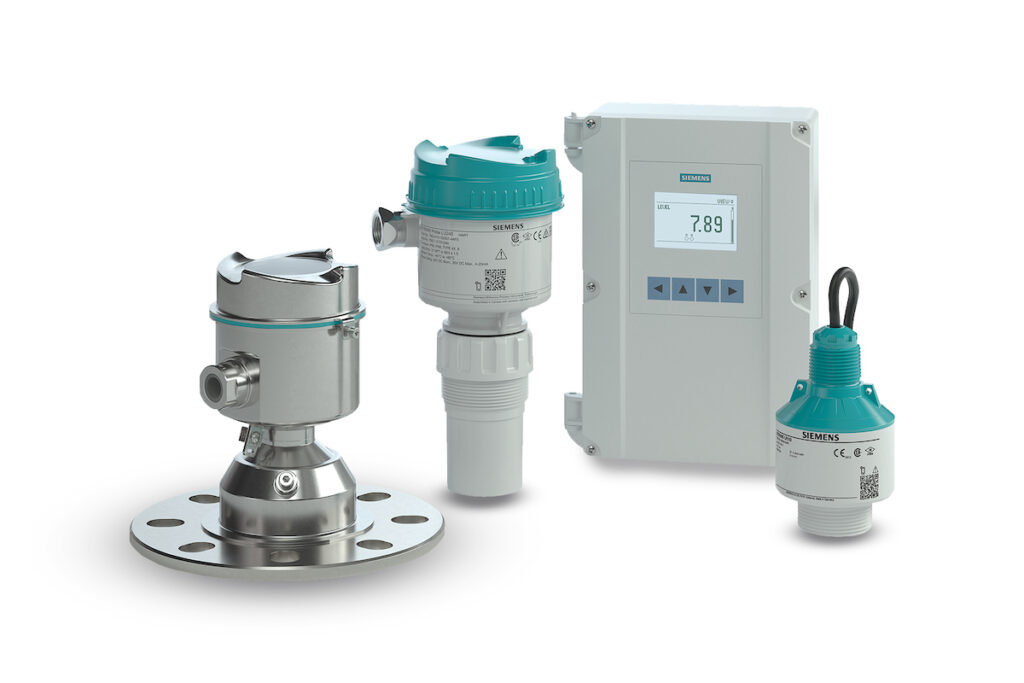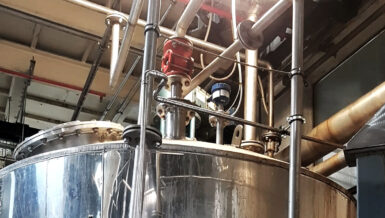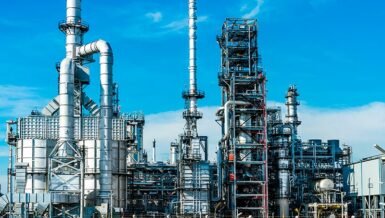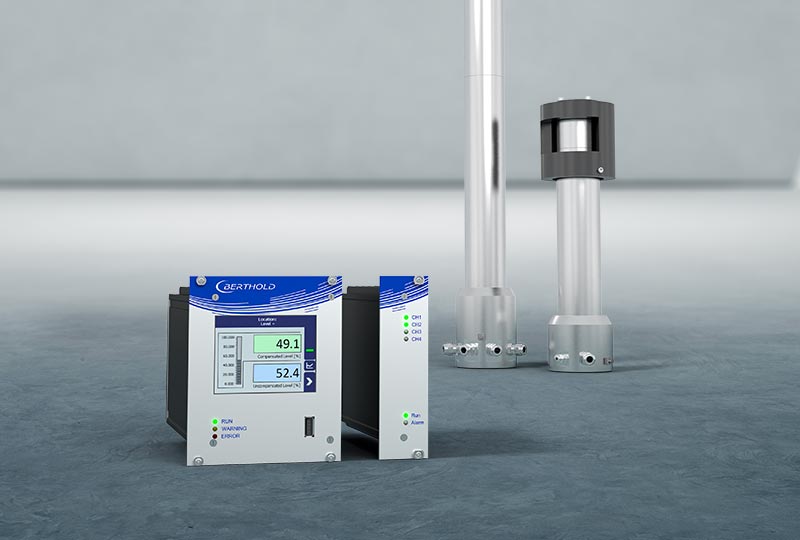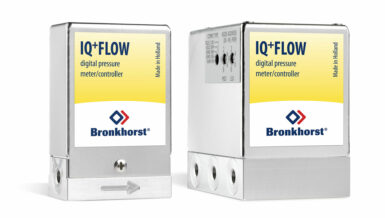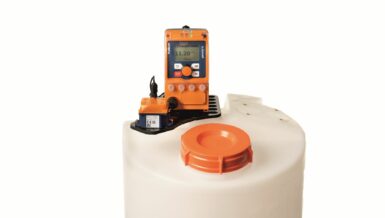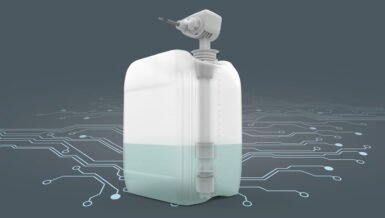Before diving into what level controllers can do for you, let’s first address a basic question: what exactly are they? A level controller takes a level or head measurement using a sensor or probe, just like an ultrasonic or radar level transmitter. However, advanced level controllers are also endowed with a comprehensive suite of functions for level, flow, pump and pump modifiers, all of which support improved process management and, ultimately, a better bottom line.
If you’re already utilizing level controllers, but only to monitor level or flow in open channels, then you’re missing out on a lot of horsepower and a host of benefits.
Today it’s possible to acquire controllers that work with ultrasonic or radar level sensors. The choice is yours, but it’s always prudent to let the application choose the technology for long-term performance and peace of mind. Let’s explore a few of the ways level controllers can help your process.
Environmental compliance
Being environmentally compliant is being a good citizen, and effectively controlling your application keeps your operations within the boundaries of local legislation. Level controllers can be used in a wide range of applications – from basic level monitoring to complex pumping routines – while protecting the environment by preventing spills, monitoring flow discharges and keeping accurate records of these events. To aid in this endeavor, these controllers offer:
- Onboard datalogging to ensure reliable data backup
- High-accuracy flow measurement that meets ISO standards
- Easy retrofit of older equipment to bring your instruments up-to-date
Reduced carbon footprint
Running your pumps more efficiently or when the cost of electricity is lower makes economic sense and puts less stress on the power grid. Not only can level controllers help you manage the pumps on your network more economically, but with multiple communications options and reliable operation, these controllers also greatly reduce the need for site visits, which in turn reduces carbon emissions. Level controllers help you to:
- Save money by scheduling pumps to avoid periods of peak electricity demand
- Reduce pump maintenance with programmable features such as grease ring reduction, pump runtime and alternatives to common alternating pump cycles
- Reduce site visits and CO2 emissions thanks to connectivity and reliable performance
Safety of personnel
Reducing the need to be on-site where the process instruments are is a “win” for everyone involved. A controller that can be installed in a safe, remote location while the sensor is placed right at the process protects your most valuable assets by:
- Minimizing sometimes unnecessary personnel visits to vessel tops, large openings (lift stations and wet wells), and confined spaces
- Providing high-level alarms and backup level override to help prevent overflow of hazardous materials
- Providing simple push-button configuration from the safety of the controller and away from the process
- Enabling the use of user-configurable passwords to protect setup and prevent insidious configuration by unauthorized individuals
- Providing backup control to a PLC when other systems fail
Multifaceted and money-saving level control
Advanced level controllers are designed to bring your process measurement to the next level. They provide an array of features and functions that can truly help you optimize your process.
In general, an advanced controller is a:
- Level, volume or flow monitor
- Pump controller
- Alarm manager
- Datalogger
- Communications gateway
This type of controller offers the quickest and easiest way to achieve a wide range of challenging level measurement and control tasks, including:
- Level, space and distance
- Volume
- Flow and head in open channels using weirs and flumes as primary devices
- Temperature
- Level difference and average
What an advanced level controller offers that basic devices don’t is a high level of flexibility that can satisfy even the most demanding user. A controller can be used as a single-point unit with one level sensor or with two sensors to monitor level in a variety of application combinations (such as two tanks, two wet wells, or one tank and one filter bed). The controller can also be used with one sensor that measures level and another that measures open channel flow.
When serving as a pump controller, it can manage one, two, three or six pumps. A controller of this caliber allows you to explore pump duty cycles beyond simple pump alternation, in which all pumps are operated for an equal amount of time regardless of capacity. Having access to a full suite of pump routines allows you to choose duty cycles that can extend the life of your pumps. A pump can also be set up to run for shorter periods of time during energy peak hours when electricity is most costly. This energy savings scheme is available at various times throughout the day and the controller knows when to adjust for Daylight Saving Time. Additionally, pumped volume can be derived, and, in the event of a power outage, the pumped volume data will be retained since it’s stored in the onboard microchip.
Some of the modifiers that can be used with the pump control utility to reduce pump and wet well maintenance include:
- Wall cling reduction – varies the on setpoint to prevent buildup in the same spot over time, thereby reducing maintenance needs and preventing false detection of thick buildup as true level in a well
- Run-on – can be set up to run pumps beyond their off setpoint for a short period of time to reduce sediment buildup in a well or lift station. The amount of run-on time is user-defined
- Pump exercise – runs pumps if they’ve been inactive for long periods. A guard level can be defined to avoid pump cavitation, and each pump can have an independent routine
- Pump interlock – removes a defective pump from its duty or rotation via an active digital input. Interlock takes place at pump starts and not during a pump cycle
Beyond the many pump functions noted above, a controller can also help you manage motors, gates, valves or rakes (in a differential level application). Furthermore, all relays can be configured independently and assigned multiple functions and diagnostics. The relay status is logged to show when they’re on or off in real time.
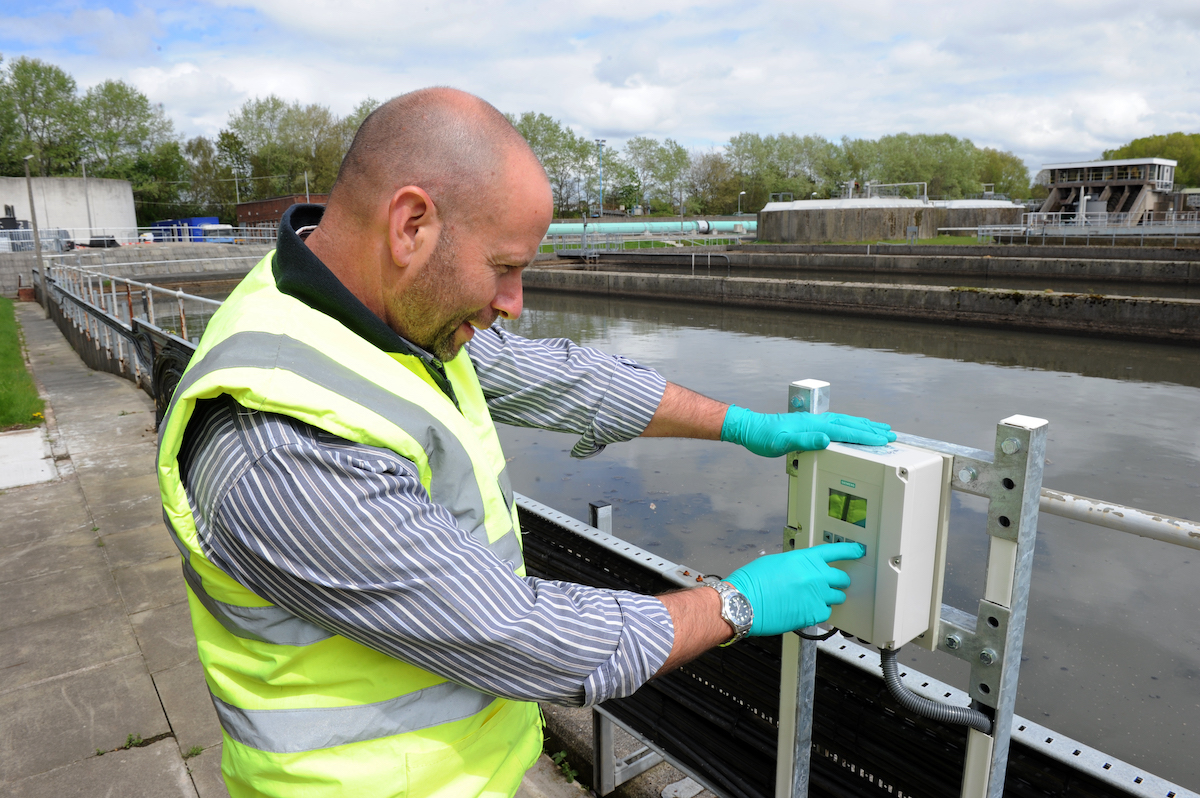
High-level alarm, backup and simulation capabilities
With almost two hundred possible alarms and diagnostics, sophisticated process management is at your fingertips. An advanced level controller can help you manage maintenance schedules: after a pump has operated for a predefined number of hours, the controller will alert you via an alarm on the local display, relay or digitally transmitted diagnostic that maintenance is coming or due. You can even alarm on process conditions. For example, an alarm can be activated if the process temperature is too hot or cold, or if signal loss occurs. There are also alarms for device status, cable breaks and time to spill that warn you to act immediately (or suppress the alarm if it’s not critical). Process control is also possible based on alarms or diagnostics. The possibilities seem endless.
Generally, level controllers are used as the main level technology and, as good engineering practice, other technologies like point level switches can be used as backups. However, there are also times when controllers can serve as the backup level technology that is provide redundant level monitoring to back up a PLC in case the PLC malfunctions on a critical application.
With their high capacity for data storage, advanced level controllers make logging of any process values, diagnostics and parameters readily available. Instrument settings, flow or volume history, and any fault or event are all logged and timestamped. These log reports are easily transferrable to your PC or mobile device for evaluation.
Controller simulation has also evolved for the better in recent years. To ensure that your instrument operates as configured, advanced controllers allow you to simulate control features and functions before entering into service. Totalizers, loop current, current outputs, status signal, digital inputs and relays can all be simulated to ensure they energize and de-energize according to the expected on and off setpoints. Thus, controllers not only help you optimize your process, but offer you peace of mind as well.
Level controllers can do a lot for you these days; yet, considering their sophisticated performance, configuration isn’t a daunting task thanks to the many onboard wizards with help text shown on the local display. These wizards greatly simplify the entire setup process.
Process optimization means better business. Analyze your processes and identify areas for improvement from the comfort of the control room – or connect these digitalization-ready controllers to the cloud, IIoT or communication networks using standard industry protocols.
There’s a lot an advanced level controller can help you achieve. Of course, it goes without saying that not all of this functionality needs to be implemented for a successful operation. Your application should drive which assets need to be monitored or controlled. Before determining whether the skills of a PLC programmer will be required to implement your desired routine or obtain valuable data from your process, take a close look at what an advanced level controller can do for you. And remember, if in doubt, Siemens is just a call away. We measure what matters and with the evolution of level controllers, simplicity has become an integral part of process automation.



